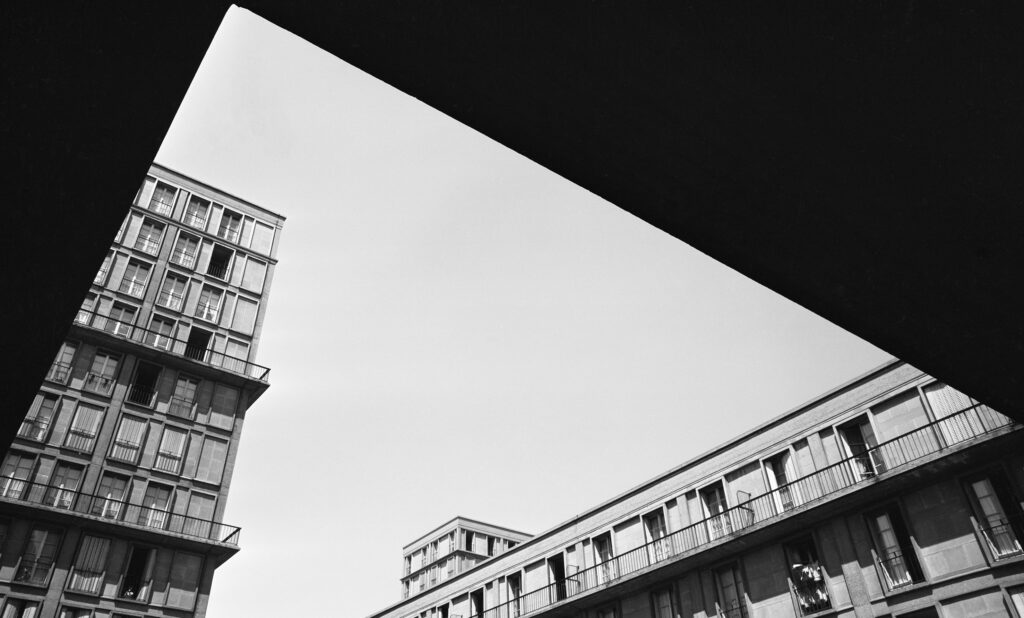Cover photo: Lucien Hervé: Gebautes Licht – Lucien Hervé, Le Havre, France (architect: Auguste Perret), 1956, © Lucien Hervé
At the northernmost point of Lake Zurich, a short distance from the Museum Gestaltung, stands the Pavilion Le Corbusier, a masterpiece of modern architecture completed in 1967, commissioned by Heidi Weber and considered the last great work of the famed modern architect. This building, overflowing with creativity and illuminated by a distinctive light, perfectly captures the vision of the Swiss architect.
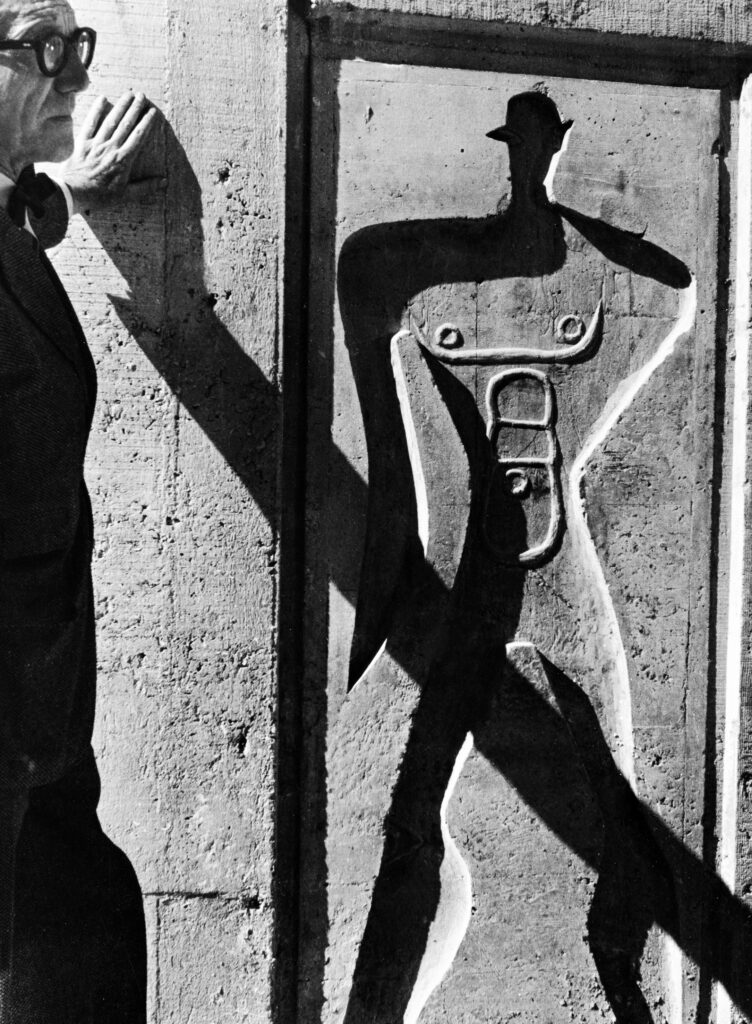
Currently managed by the Museum für Gestaltung, the Pavilion Le Corbusier hosts a retrospective of the Franco-Hungarian photographer Lucien Hervé, scheduled through November 11, 2024.
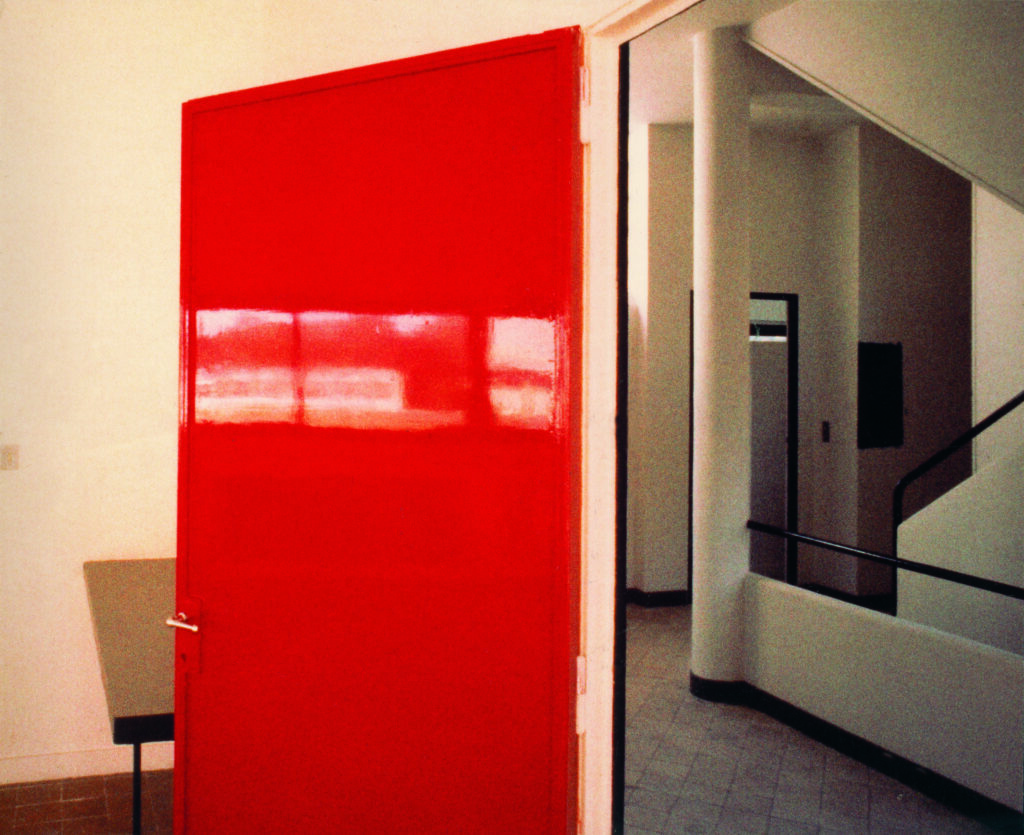
The “Lucien Hervé: Built Light Exhibit” at the Pavilion Le Corbusier in Zurich
The exhibit is titled “Lucien Hervé: Built Light”, and showcases the vision of one of the 20th century’s greatest architectural photographers, who masterfully captured the magnificent interplay of volumes under light. On the ground floor, intimate photographs dedicated to Le Corbusier are on display; ascending to the upper floor, visitors can admire architectural icons such as the Eiffel Tower, captured by Hervé at the beginning of his career.
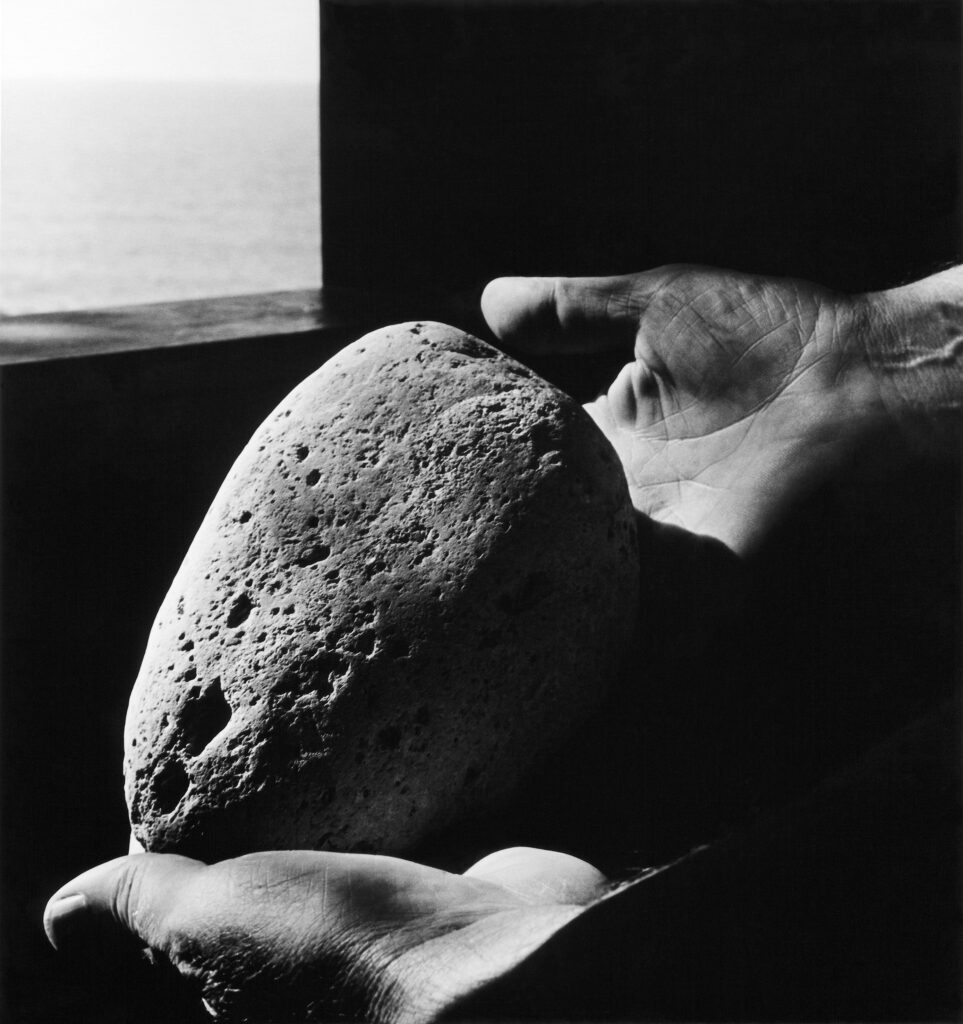
Further on, photographs of buildings by other modern masters like Ludwig Mies van der Rohe, Jean Prouvé, and Oscar Niemeyer reveal the evolution of architectural trends and Hervé’s ability to adapt and capture different aesthetics.
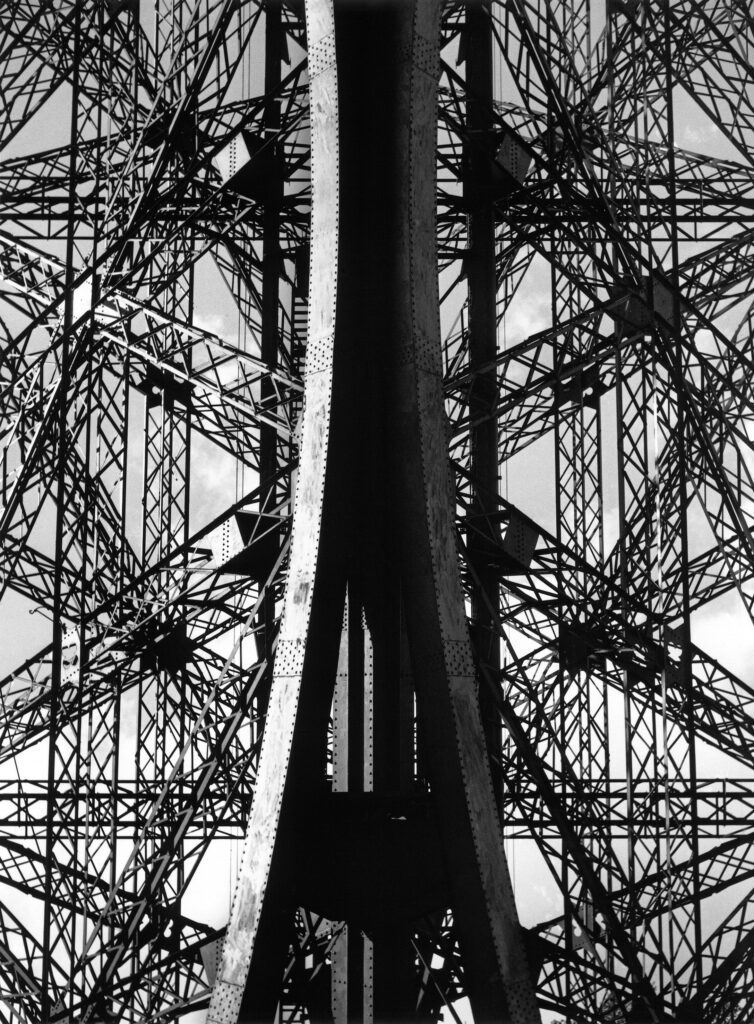
Lucien Hervé and Le Corbusier: a dialogue between photography and space
Le Corbusier was profoundly captivated by Lucien Hervé’s visual language, recognizing in it not just photographic representation but “the architect’s soul” itself. Their meeting in 1949 sparked one of the most successful collaborations between photography and architecture, lasting over 15 years and leaving a lasting mark on both disciplines.
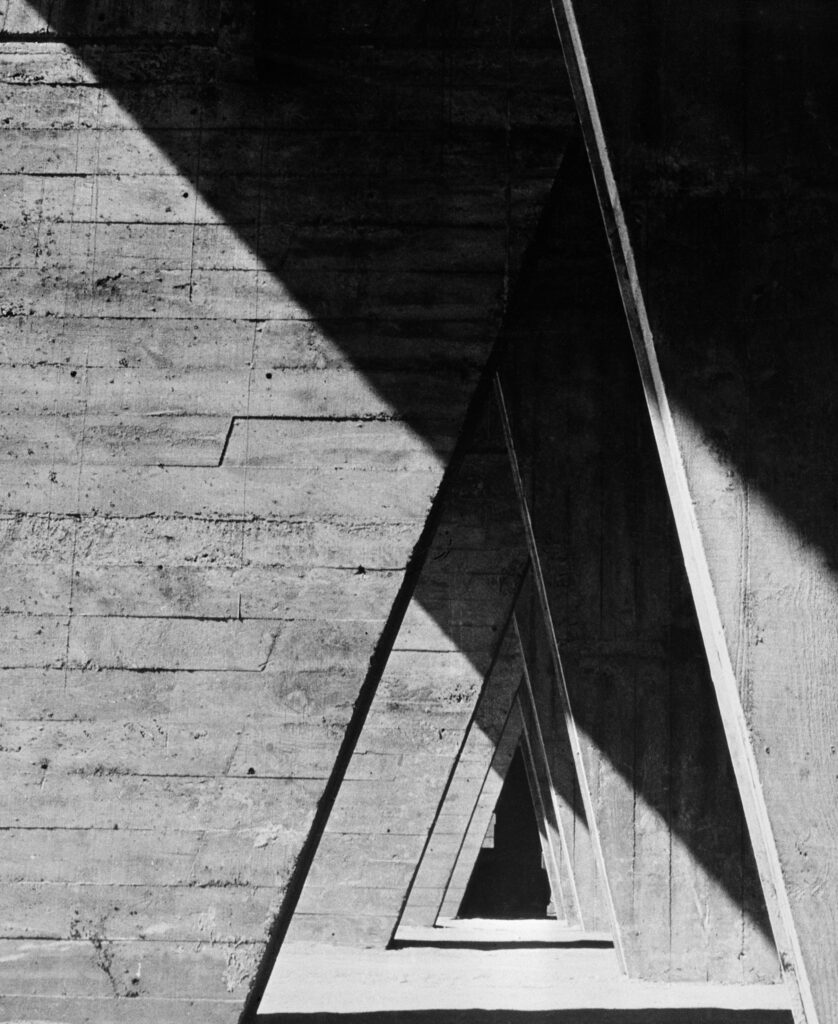
Le Corbusier admired Hervé’s extraordinary ability to capture not just the appearance of buildings but their essence, the light and space they defined. Hervé’s photographs were not mere documentation; they were poetic acts. In this exhibit, Hervé’s images depict the works of Le Corbusier and many other architectural masters, displayed alongside and in close dialogue with the Master’s building.
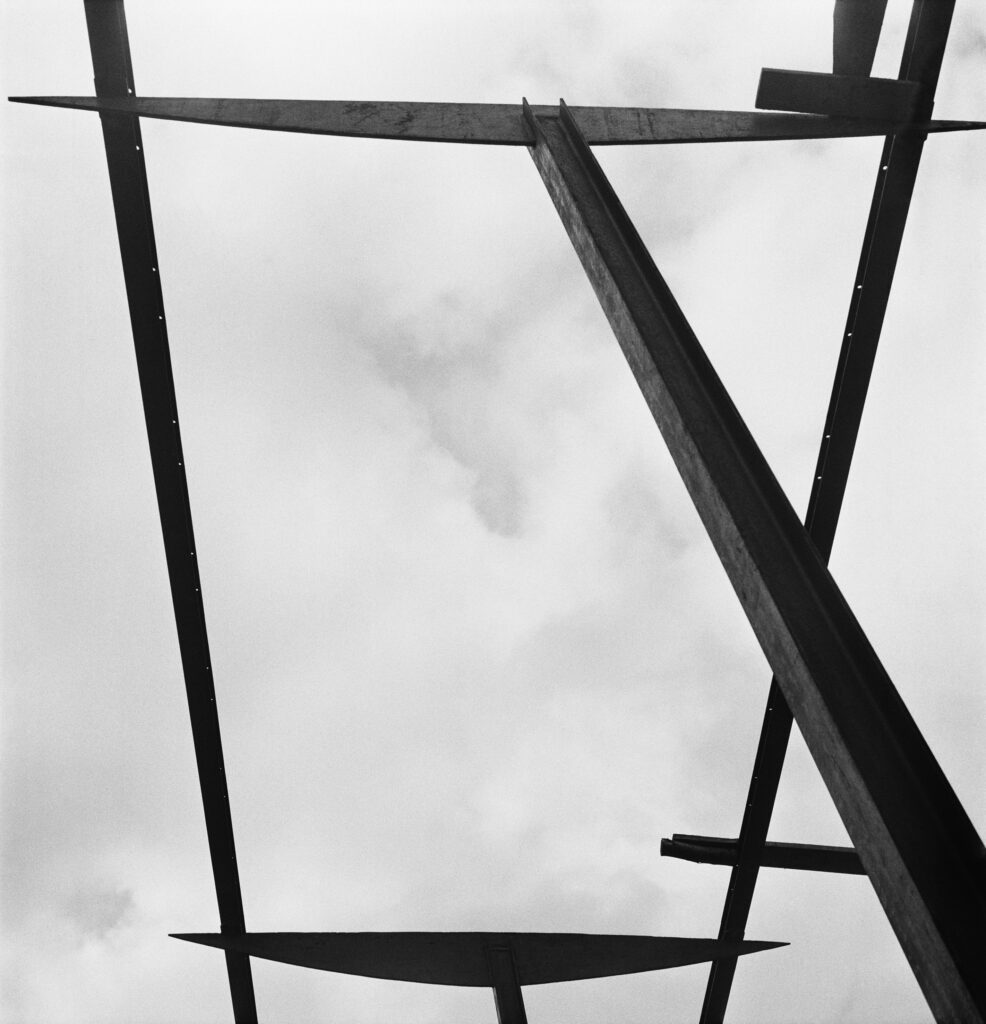
Lucien Hervé’s photography: a visual dance of light and shadow
Marked by their remarkable combination of shadows and light, Hervé’s photographs breathe new life into buildings. His minimalist representations of details and materials evolve into powerful visual visions of architectural fundamentals. Here lies Hervé’s unique talent: inside the subtle and vibrant tension between precision and roughness, between sinuous lines and squared forms.
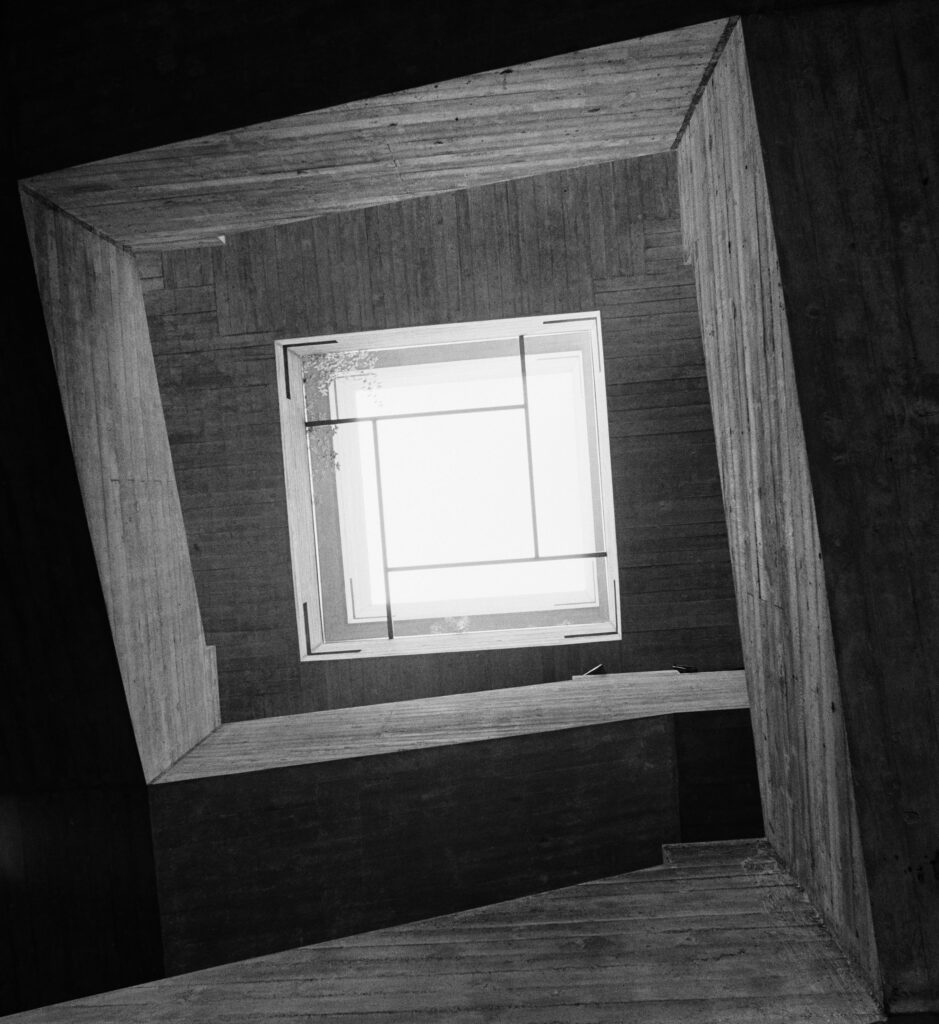
Through his camera, a multitude of surfaces transforms into abstract compositions, creating a visual dance of light and shadow, contrasts that capture the very essence of the buildings.
